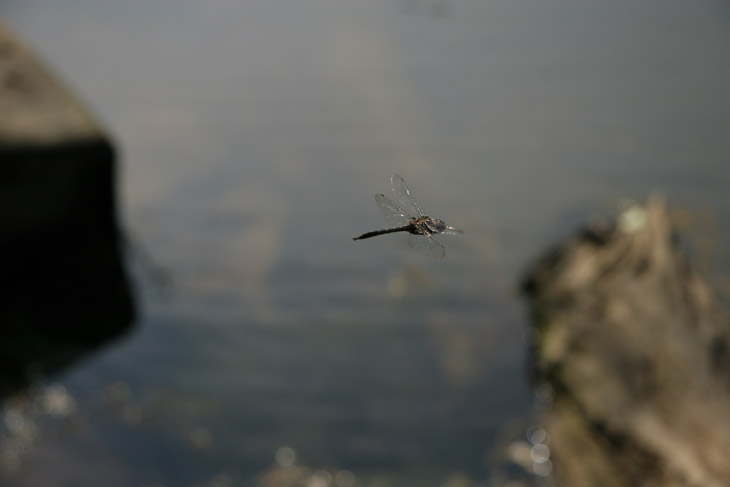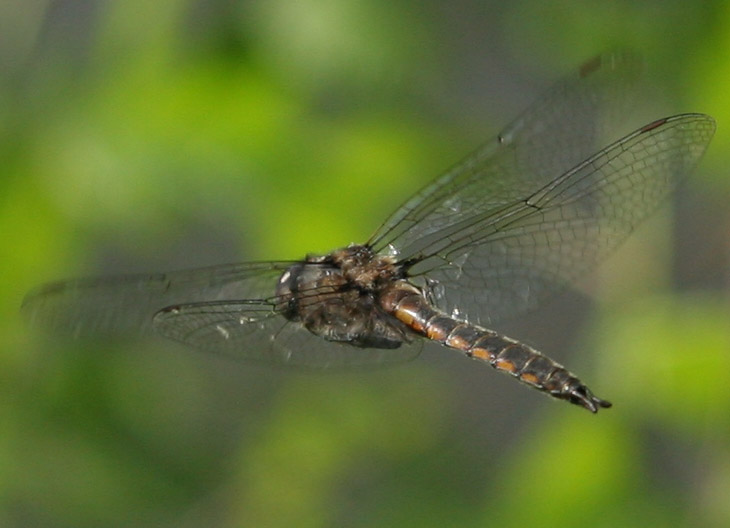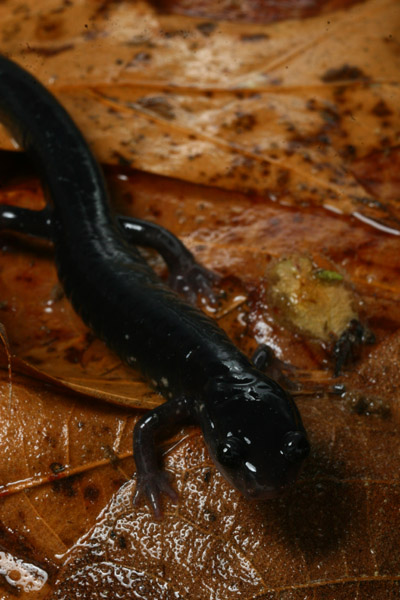Just some thoughts on a more useful attitude towards photography – or at least, my opinion of such. It’s possible that I have it all wrong.
Walkabout podcast – Failure
A little perspective. When you see the images of other photographers, bear in mind that you’re not seeing everything that they do. The average “keeper” rate seems to lie somewhere around 25%, meaning they throw out three out of every four images taken – and this is from people who supposedly know what they’re doing. That stunning image that you saw from them? It might just be a fluke, or a lucky accident, or a matter of timing, conditions, and luck all coming together at once. Sometimes, the only reason they have that photo in the first place is by failing to get the same photo through repeated attempts, and learning something each time. And sometimes, it’s because they didn’t give up until they got it, and this might’ve taken hours, days, or even years. That’s often what makes it special in the first place.
When I was out with a student the other day, a dragonfly presented itself nearby as they occasionally do, hovering in largely one spot for a few moments before darting off again, only to return to almost the exact same location. While the student was experimenting, I amused myself with trying to capture a sharp photo of the dragonfly in mid-air.

This is the entire frame, handheld with a Canon 17-85 IS lens at 85mm. Moreover, this is manual focus, since autofocus would never stay put on a subject this small and fleeting, and would waste valuable time tracking in and out, or locking onto the background. Now, let’s go in closer and see the image as a full-resolution crop:

Can’t complain about that, can I? Well, I probably could, since the light angle is poor and the dragonfly facing away from me, so it could be better. But knowing how difficult it is to get a sharp image in such conditions, I’m exceptionally pleased to actually capture such wing detail while they were flapping, of a subject that, though hovering, still wasn’t perfectly motionless. Here’s another from the same session:

And now the full-resolution crop:

Much better light angle (pure luck, credited to the dragonfly deciding to shift position by a meter or so,) and better background, though still no face shot. But yeah, I still feel a sense of accomplishment. And now, I have specific goals for the next time I’m in such conditions. Maybe I can watch for one that keeps returning to the same perch, and try to time the shot for the millisecond before landing, legs outstretched to grab the leaf – wouldn’t that be cool? And I’m going to miss a lot of the attempts, no doubt.
When the student saw me doing this, she decided to try herself, but was getting frustrated, and no surprise. Not only did she have limited experience in using manual focus, and knowing which way to turn the focus ring to track movement towards or away from herself, she also had a dragonfly that was far less cooperative, darting around more and hovering for much briefer periods – essentially, one that I would have ignored myself simply because I knew the attempt would be more frustrating than fruitful. And that knowledge came from having attempted this an uncountable number of times over the years; you might imagine how often I’m in an area where dragonflies congregate.
Soon afterward, a small flock of birds was demonstrating a curious diving behavior over the same river, about 20 meters away, and I was determined to at least capture a detailed enough image to identify the species, but also hopefully snag a shot that illustrated the behavior nicely. And yet, despite my experience with timing and following a moving subject and manual focus and all that jazz, from 27 frames, I have not one keeper. One might be able to be used for ID of the species, but that’s about it, and I’m not even going to bother editing it to show here, that’s how bad it is.
Which is another aspect of photography: show only your best work (which I shall immediately violate.)

So overall, the message is try, and try, and try again – that’s the only path to improvement, but it’s a guaranteed path.




















































